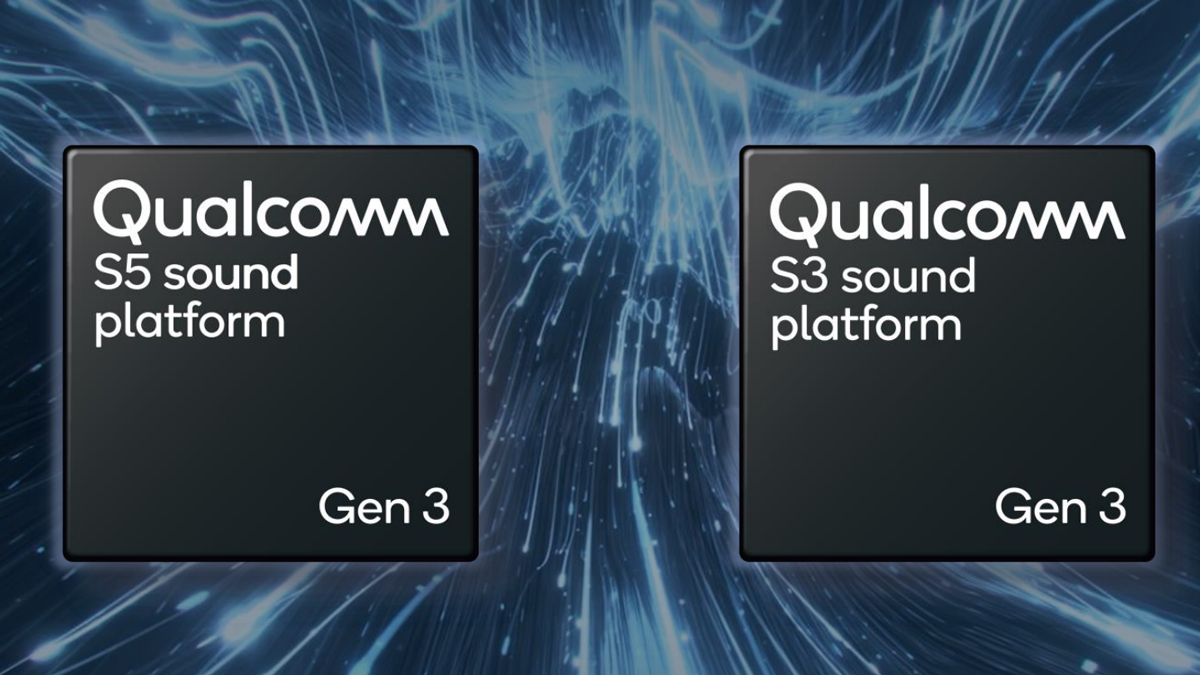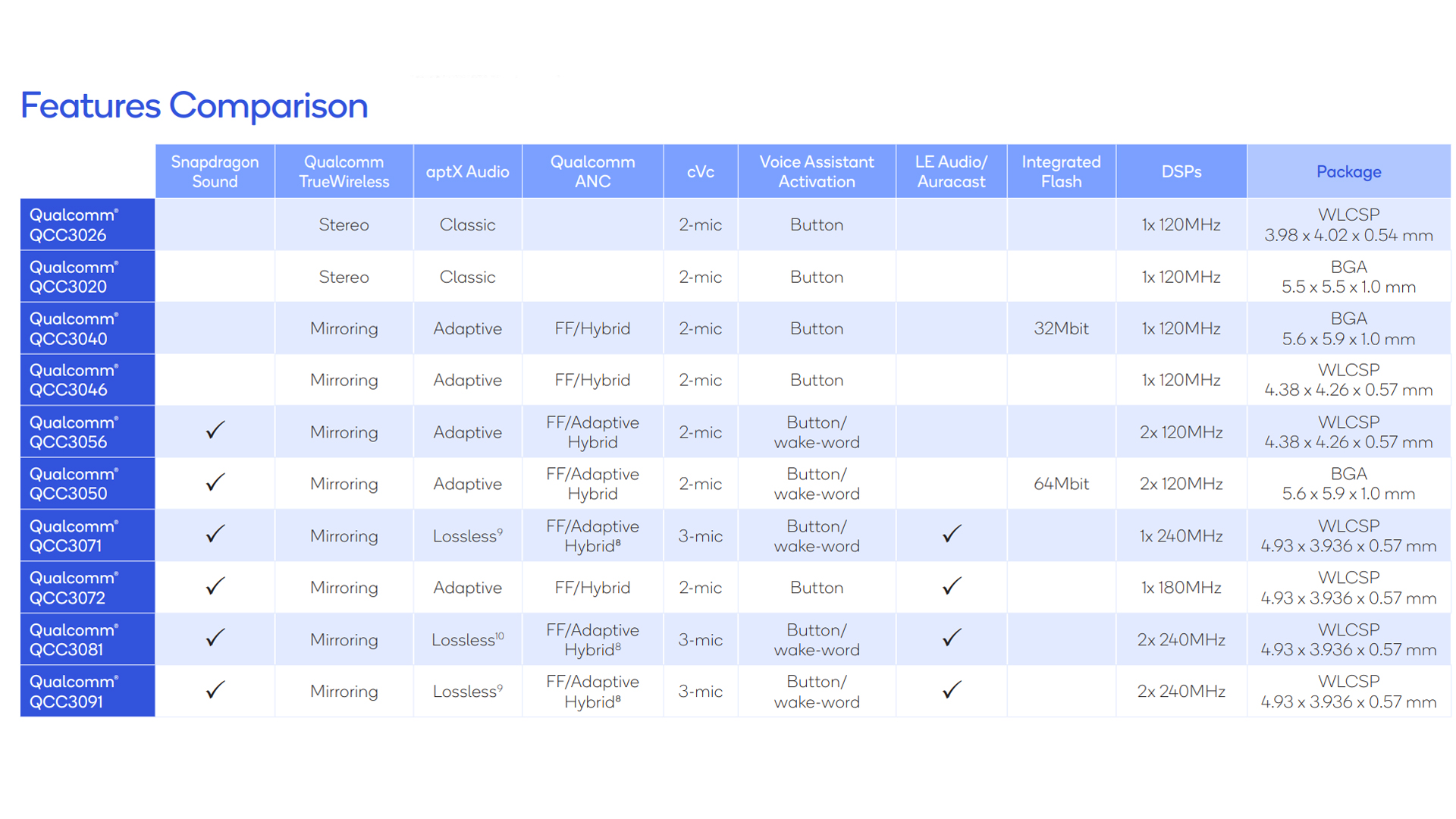All products featured are independently chosen by us. However, SoundGuys may receive a commission on orders placed through its retail links. See our ethics statement.
Qualcomm adds two new sound platforms for mobile devices
Published onApril 2, 2024

- Qualcomm launched the S5 Gen 3 and S3 Gen 3 sound platforms.
- Each chip brings Snapdragon Sound support, LE Audio support, more features from the S7 and S7 Pro.
- The addition of dedicated ML processing adds capabilities to the platforms.
- The company launched the Voice and Music Extension program, allowing OEMs to grab off-the-shelf feature modules.
Last week, Qualcomm announced the debut of the S3 Gen 3 and S5 Gen 3 sound platforms for mobile devices. The new platforms offer improved wireless audio options, performance, and features at lower tiers of the hardware giant’s offerings for audio hardware.
What’s new in the Qualcomm S3 Gen 3?
Compared to the S3 Gen 2, the S3 Gen 3 offers a host of improvements to performance that should entice OEMs and buyers. For example, the chipset supports Snapdragon Sound, dual-mode Bluetooth, 3rd generation Adaptive ANC, and aptX Lossless audio transmission. In addition to these performance upgrades, the S3 Gen 3 comes with Qualcomm cVc ECNS with AI (in actuality, driven by machine learning) to better process voice input in the hardware itself.

This platform will likely be found in mobile devices that aim to be very power efficient, as this family of SoCs was designed with this goal in mind. There are several chipsets with different blends of the aforementioned features, but Qualcomm was kind enough to provide a chart of the available hardware.
What’s new in the Qualcomm S5 Gen 3?
The headliner of this release, the S5 Gen 3, has seen the most hardware enhancement of the two platforms. Including both a main and a low-latency DSP module, along with dedicated machine learning, the platform has some room to boast. For example, Qualcomm touts twice the processing power, 1.5 times the memory, and 50 times the machine learning capability over the second-generation platform. It also brings the 4th generation ANC processing to bear from the S7.
Based in large part upon the S7 platform released in late 2023, the S5 Gen 3’s architecture has a lot of opportunities for manufacturers to tweak performance and build features using the Qualcomm Voice & Music Program, and the hardware’s dedicated machine learning module. However, developers are not limited to using the stock options available at launch, they can develop features for this new hardware.
Additionally, the Qualcomm S5 Gen 3 offers dedicated cores for critical tasks. For example, hearing-aid and hearable-specific tasks like hearing loss compensation, ANC, and transparency modes. The new architecture will also support Bluetooth Auracast, making it a capable hardware choice for anyone looking to add user-friendly LE Audio functions. For more on the hardware specs and availability for the same, head over to Qualcomm’s website.
What is the Qualcomm Voice & Music Program?
New to both the S3 and S5 Gen 3 platforms is something called the Qualcomm Voice & Music Program, which is a service that allows developers access to modules from 50 different member companies. Manufacturers using Qualcomm hardware can access these off-the-shelf modules for use in their own implementations of the hardware, potentially shaving a significant amount of development time. In doing so, it should be easier for more companies to add more features to their audio hardware, such as ANC or transparency mode features.
Already in production, the S3 Gen 3 and S5 Gen 3 silicon will become available in phones relatively quickly in 2024. With each architecture’s listed capabilities, it should be interesting to see what adoption is like in the year ahead.